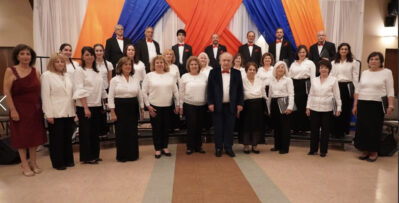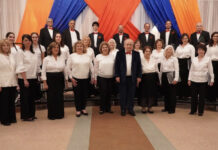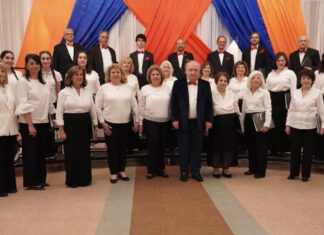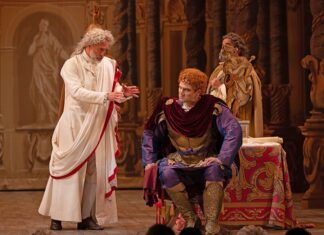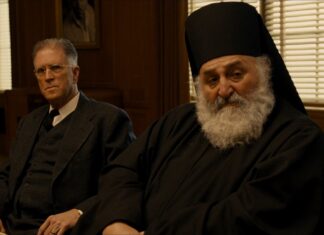YEREVAN-SAINT PETERSBURG — Choreographer, dancer, contemporary dance teacher Valeria Kasparova (whom many in Armenia know as Vaneh Kasyants) was born in the family of art manager Vadim Kasparov and choreographer Natalia Kasparova – founders and directors of the Saint Petersburg “Cannon Dance” House of Dance. Since 1998 Valeria has studied jazz, modern, contemporary, partnering, improvisation and other dance techniques at the “Cannon Dance.” She studied, trained and danced in the productions of such choreographers as Natalia Kasparova (Russia), Bob Boross (USA), Renana Raz, Idan Sharabi (Israel), Jirí Pokorný (Netherlands / Czech Republic), Carolina Mancuso (Argentina / Netherlands), etc. Valeria attended academic vocal training at Yerevan Conservatory (teacher – Anna Mayilyan), as well as trained with the Honored Worker of Culture of the Republic of Armenia Gagik Ginosyan and became a qualified specialist and teacher in Armenian traditional dances and songs (in 2013-2016). As a performer, she took part in the productions of “Children out of the Cage,” “Revelations of Ararat,” “YouMake ReMake,” “The Art of Movement: Stereoscopic Dance,” “She,” “Waiting for Godot,” etc. Among her own productions are a number of performances children and teenagers, as well as “The House In Which …”, “Voices”, “Dardzi Tever” (“Wings of Return,” a multi-genre Armenian ethnic performance), “Others,” as well as choreography in dramatic performances (“Wake up and Sing: Remake”, “Ay, yes, Pushkin,” “Autumn Sonata”), etc. Valeria is a performer, choreographer and teacher of “Kannon Dance,” tutor and teacher of jazz dance at the “Karambol” State Musical Theater, at the department of contemporary dance at the Boris Eifman Dance Academy, artistic director of the “Kannon Dance Young” and “Kannon Dance Project,” etc. Since 2017, she is the founder and artistic director of the ensemble of “Aralez” Armenian ethnic songs and dances. She regularly conducts master classes and training courses in Russia and abroad, participates in choreographic festivals in many countries of the world.
Dear Vaneh, let’s start our conversation by talking about your parents. Vadim Galustovich Kasparov is the creator of the largest contemporary dance festival in Russia, “Open Look,” the head of the modern dance department at the Boris Eifman Dance Academy in St. Petersburg. And your mother, Natalia Vladimirovna Kasparova, is the artistic director of Kannon Dance, award-winning director of a number of productions. And it is no surprise that their daughter chose the same path.
In general, I always had a choice. Nobody ever, especially my parents, forced me to choose this particular field of activity. But, on the other hand, I was born exactly when my parents were just starting to develop their business, and I spent all my childhood exclusively in the dance halls and behind the stage. In my life there has not been a single day without dancing in one form or another (to this day). So I often jokingly say that I absorbed the love of modern dance during that period, along with my mother’s milk. Or maybe this is not a joke.
And the classics? After all, modern dancers must master the technique and art of classical dance…
Absolutely! Ballet technique is an unconditional foundation for the training of a high-class dancer. But it is important that while studying the classics, the student should not get the impression that this is the only correct way of movement. Nowadays, in any European ballet company there is necessarily modern dance performance in the repertoire. And without mastering the modern technique, even with an incredible classical base, no one is taken there. Personally, I believe that in parallel with the classical education, the dancer simply MUST develop himself in other directions in order to expand his horizons and be ready / open to everything.

